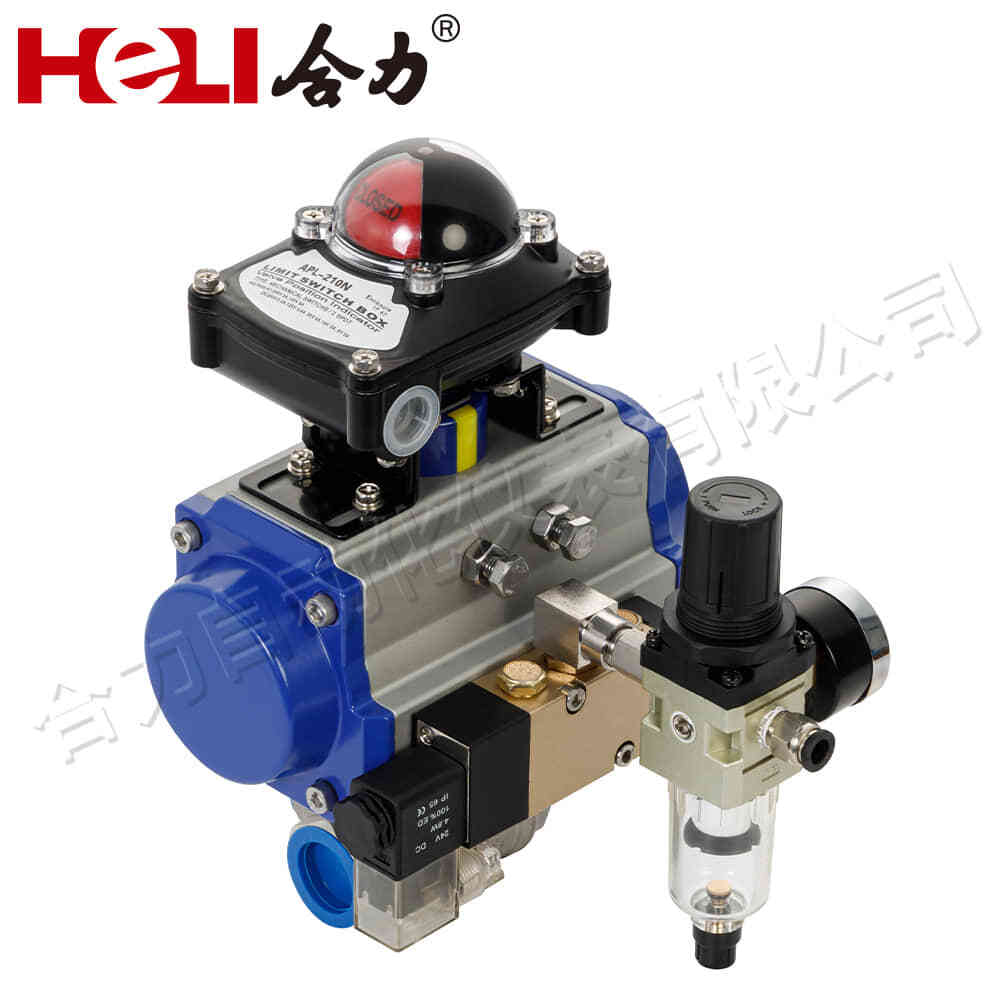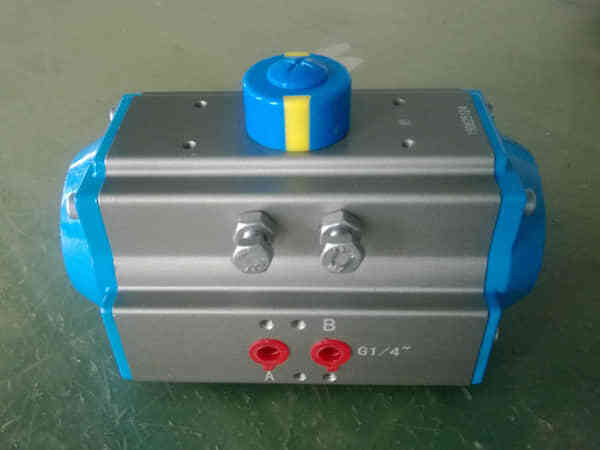Pneumatic actuators are devices that convert compressed air energy into mechanical motion, making them a vital component in various industrial applications. These actuators are widely used across industries like manufacturing, automotive, and robotics due to their simplicity, speed, and reliability. This article explores the working principles of pneumatic actuators, their types, and the benefits they offer to different sectors.

What is a Pneumatic Actuator?

A pneumatic actuator is a mechanical device powered by compressed air. It consists of a cylinder, piston, and valves, which work together to produce linear or rotary motion. When compressed air is introduced into the actuator, it moves the piston inside the cylinder, causing the actuator to perform a desired action, such as opening a valve, pushing a load, or rotating a mechanism. The force generated by the actuator depends on the pressure of the compressed air and the size of the piston. Types of Pneumatic Actuators Pneumatic actuators can be classified into two primary types based on the motion they produce: linear actuators and rotary actuators.
